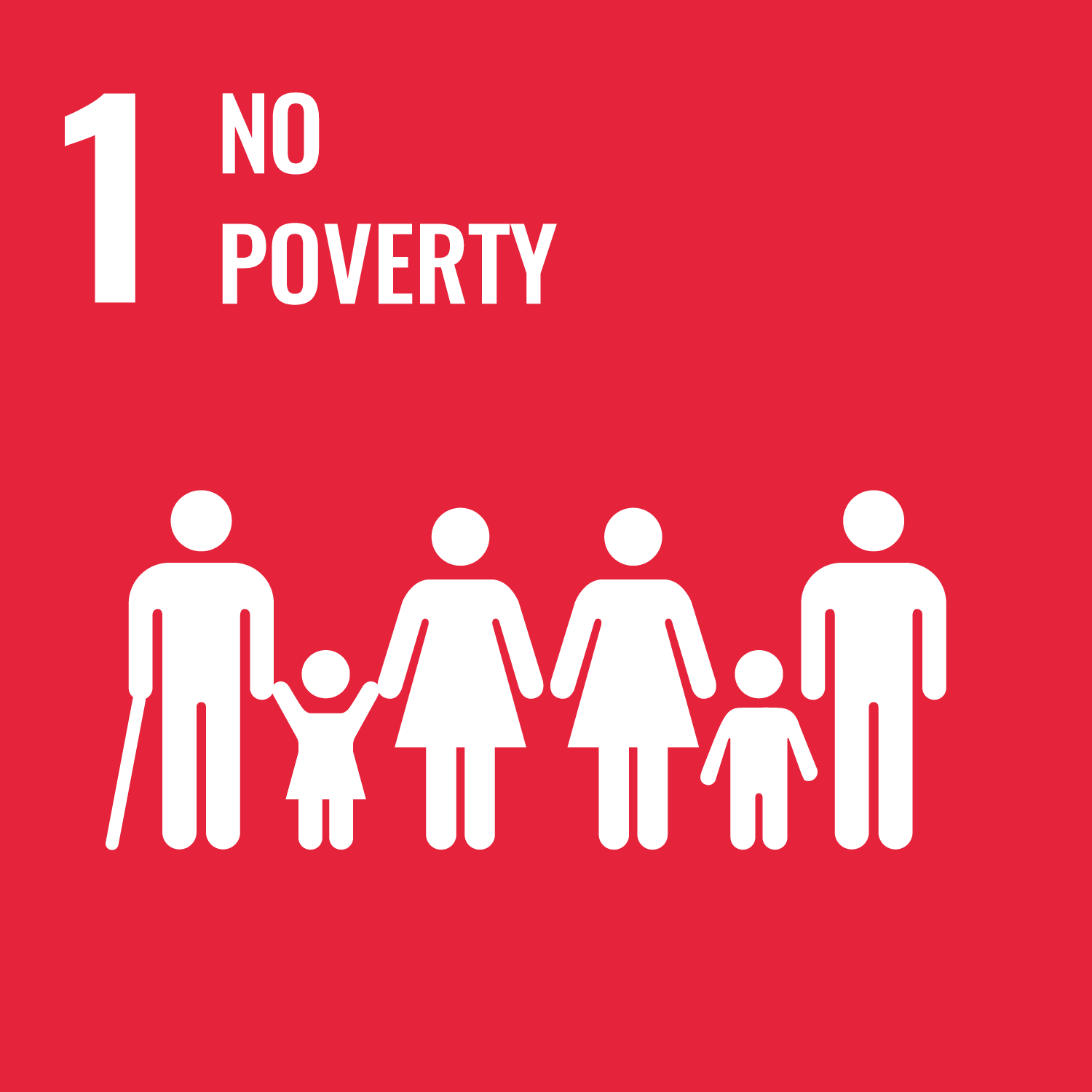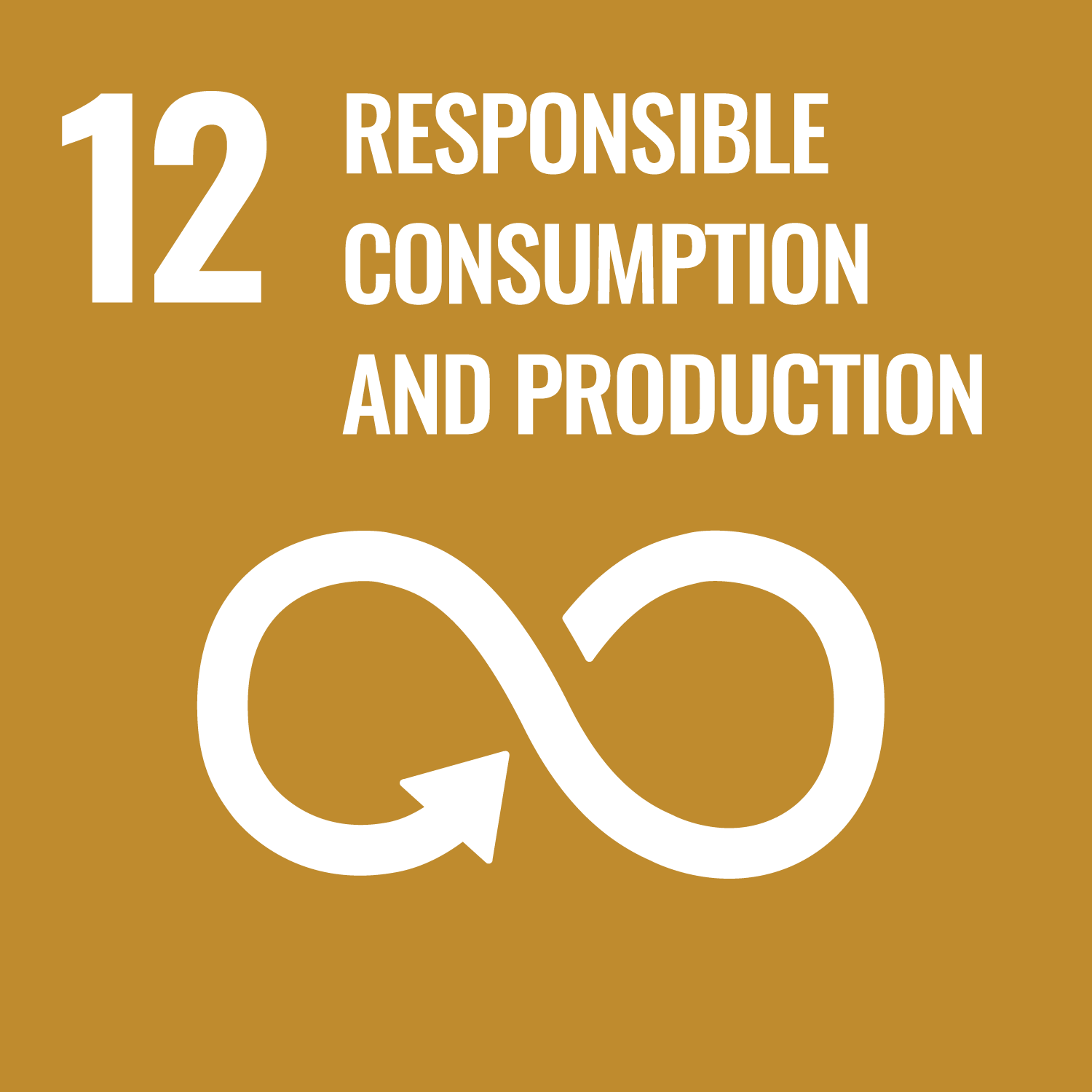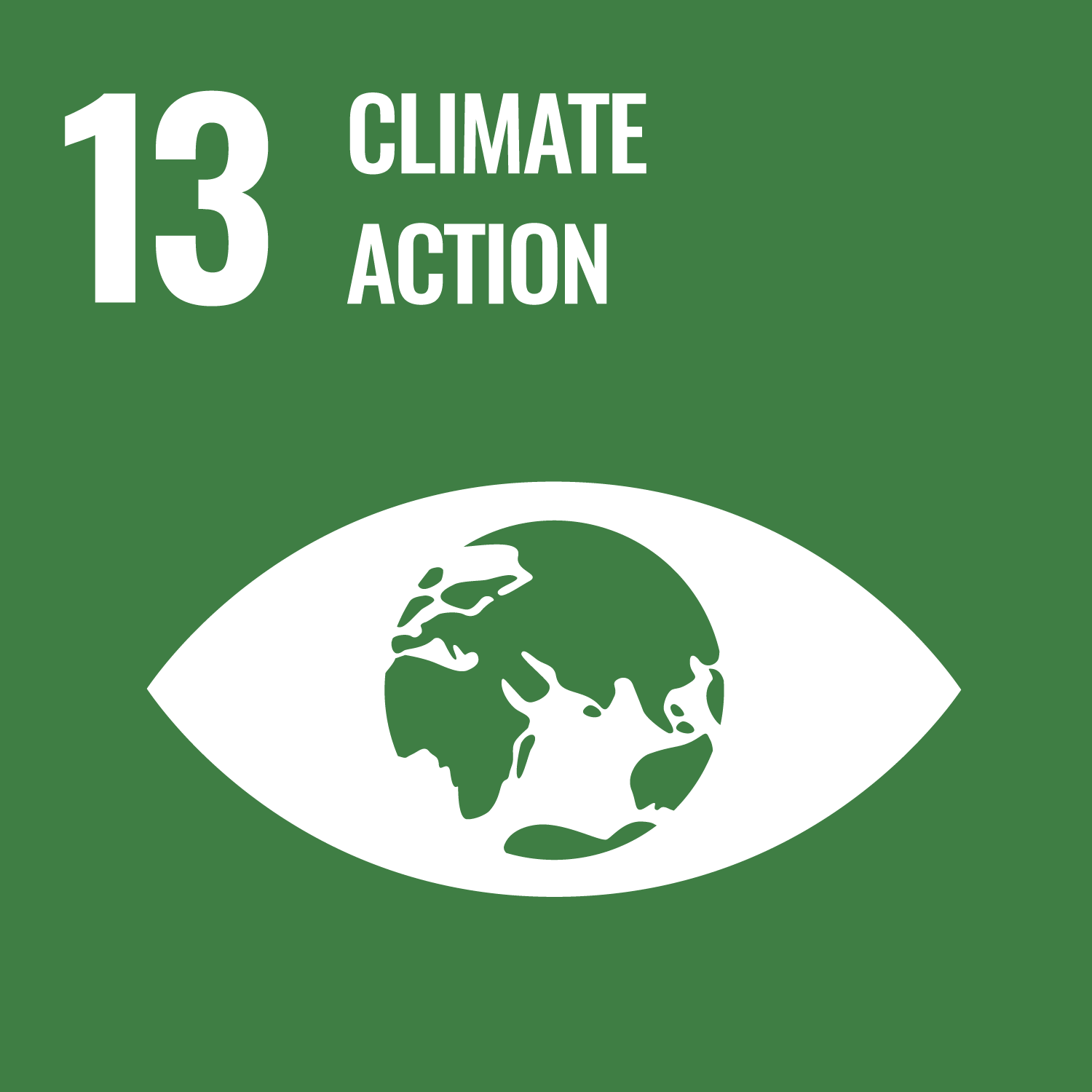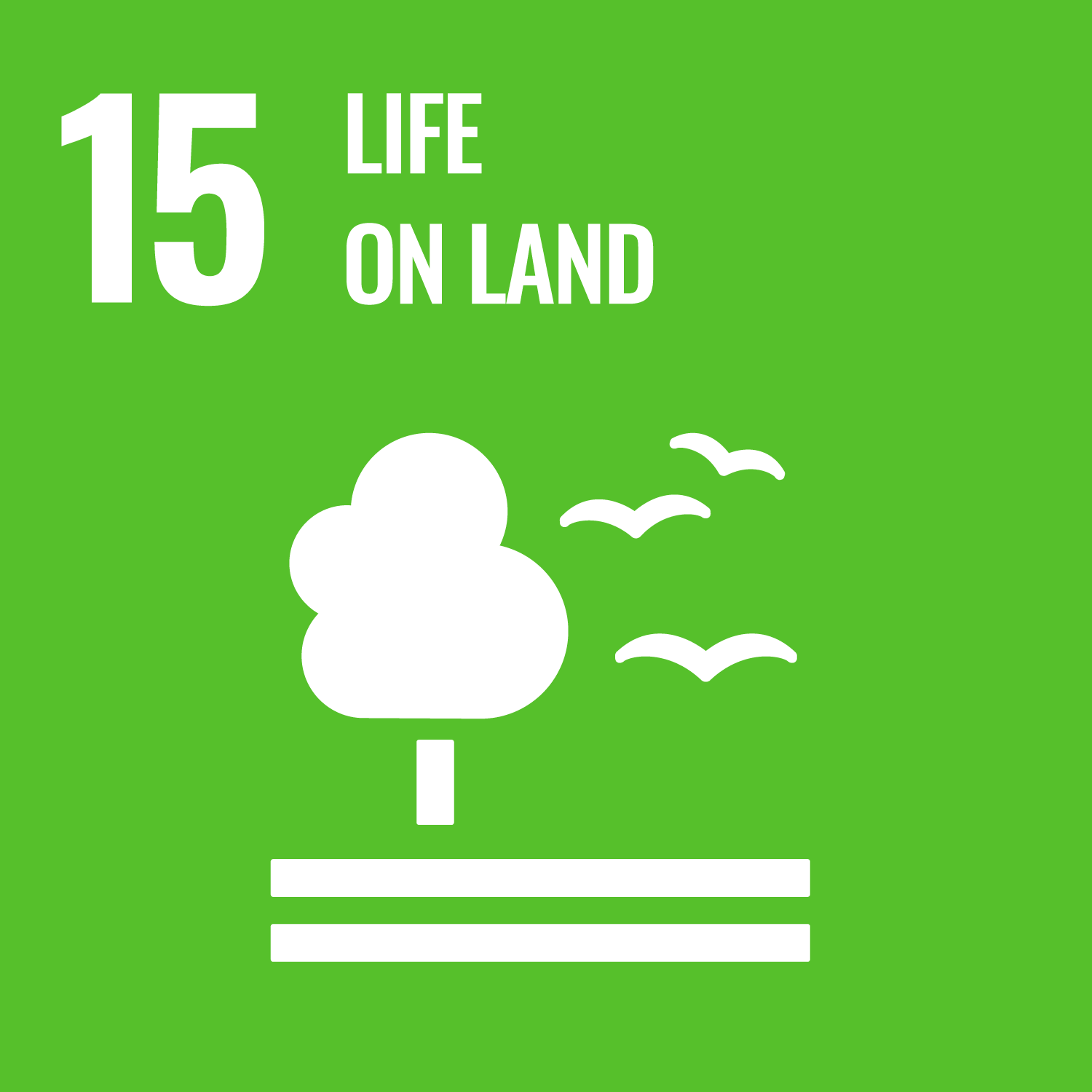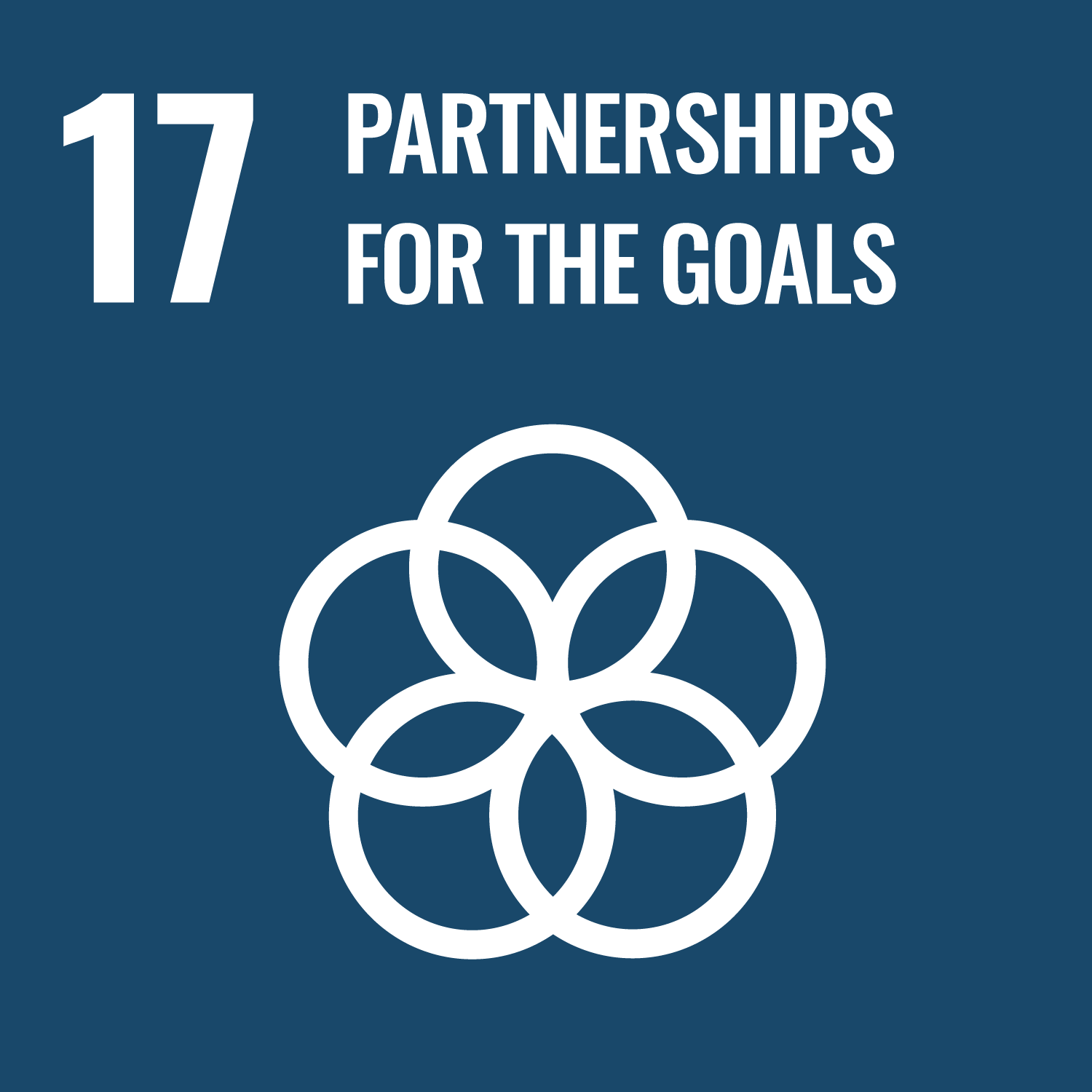ITTO video highlights community forestry success in the Amazon to mark International Day of the Tropics
29 June 2024
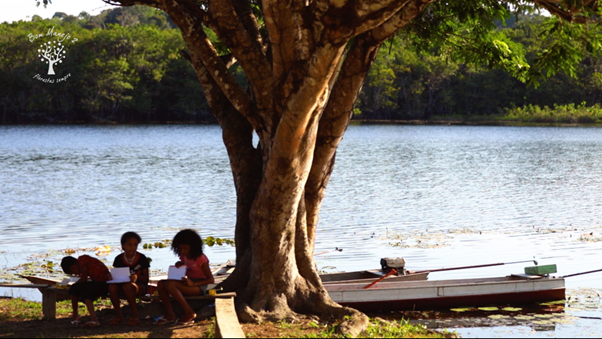
The future belongs to the tropics. Photo: Embrapa
29 June 2014: A new video on community forestry in the Amazon highlights how sustainable forest management (SFM) underpins the livelihoods and aspirations of millions of people in tropical countries, as the world marks the International Day of the Tropics.
Inaugurated by the United Nations General Assembly in 2016, the International Day of the Tropics celebrates the extraordinary diversity of the tropics while highlighting unique challenges and opportunities that its nations face. This year’s theme, “the future belongs to the tropics” highlights the potential of the region.
The video marks the upcoming completion of “Bom Manejo 2”, a second-phase ITTO project to establish SFM in the Verde para Sempre Extractive Reserve, located near Porto de Moz in the State of Pará, Brazil.[1]
The reserve, created 20 years ago, is the largest conservation unit for sustainable use in the country. About 3,000 families organized in more than 100 communities manage the forest to extract timber and non-timber products in support of their livelihoods.
The first phase of the project[2] developed silvicultural and managerial tools to support local forestry enterprises in planning, implementing and monitoring operations to ensure their sustainability. The second phase focused on refining and disseminating improved practices, including through outreach in local communities.
The video, titled “Community and Family Forest Management – A Collective Action”, draws attention to the importance of networking and strengthening local communities to encourage the conservation and sustainable use of Amazon forests.
Testimony from community members and local, state and federal officials and partners illustrate how the project successfully fostered collaboration among stakeholders including companies and communities, with dedicated fora at state and regional level.
Implementation of the second phase of the ITTO project was led by the Brazilian Agricultural Research Corporation (Embrapa) with support from the Governments of Japan and national counterpart contributions.
“I would say that Bom Manejo is the future we all want for the Amazon. It means ensuring that the people of the Amazon are taken into account and … are central elements of public policies for the development of the Amazon,” Ruy Pereira, Director of the Brazilian Cooperation Agency, (ABC) says in the video.
The tropical regions of Africa, Asia and Latin America account for 40 percent of the world’s total surface area, 45 percent of its forests, and host approximately 80 percent of its biodiversity. By 2050, the tropics will be home to most of the world's people and two-thirds of its children.
ITTO is the sole intergovernmental organization focused entirely on tropical forest resources. Its membership covers 80 percent of global tropical forests and account for 90 percent of trade in tropical forest products.
“Collective and coordinated efforts that advance sustainable forestry and uplift the livelihoods of local communities in the tropics, like the one illustrated in the video, showcase what can be done to bring a brighter future for tropical forests, forest-dependent communities and the global environment,” stated ITTO Executive Director Sheam Satkuru. “ITTO will continue its work to upscale and replicate such efforts across its members with support from donors to realize the full potential of tropical forests for addressing global challenges and for the wellbeing of their inhabitants.”
Watch the video here (Portuguese with English subtitles).
[1] ITTO Project PD452/07 Rev.5 (F)
[2] PD 57/99 Rev.2 (F)
